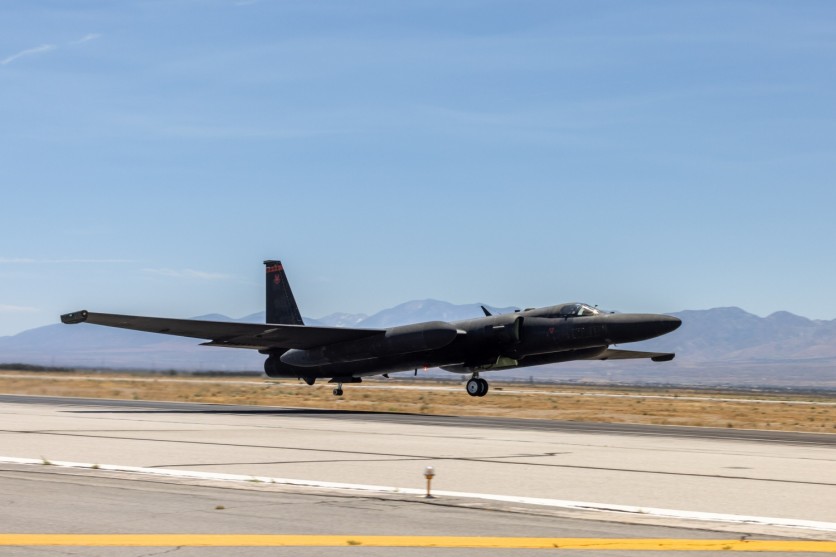In collaboration with the US Air Force, Lockheed Martin has successfully completed the inaugural flight for the U-2 Dragon Lady's Avionics Tech Refresh (ATR) program.

Critical Phase in the ATR Contract
This successful first flight marked a critical phase in the ATR contract, showcasing several advanced features integrated into the U-2. These enhancements encompass an updated avionics suite covering communication, navigation, and display systems, modernizing the U-2's onboard capabilities.
Furthermore, a new mission computer adhering to the US Air Force's open mission systems (OMS) standard has been introduced. This computer empowers the U-2 to seamlessly integrate with systems across diverse domains such as air, space, sea, land, and cyber, operating at varying security levels.
Complementing these upgrades are modernized cockpit displays designed to streamline pilot tasks and enhance the presentation of the data collected by the aircraft. This improvement aims to facilitate faster and more well-informed decision-making processes.
The aircraft underwent a low-altitude functional check flight to effectively integrate the newly introduced avionics, cabling, and software when the mission was conducted.
Sean Thatcher, the program manager for the U-2 Avionics Tech Refresh at Lockheed Martin Skunk Works, emphasized the significance of this achievement. He stated, "The successful first flight of the U-2 Avionics Tech Refresh is a significant moment in our journey to rapidly and affordably field new capabilities."
Thatcher also highlighted the advantage of leveraging the platform's open architecture to expedite the deployment of capabilities crucial for future Joint All-Domain Operations.
The accomplished inaugural flight is proof of the U-2's modernization efforts, marking a substantial stride towards attaining a fleet fully compliant with Open Mission Systems (OMS).
Extensive testing and validation will be carried out to set a robust software foundation before implementing mission systems. In 2020, the US Air Force granted the U-2 Avionics Tech Refresh (ATR) contract, valuing it at $50 million.
Lockheed Martin's Next-Gen Missile
In a related development, Lockheed Martin has achieved a noteworthy milestone with its next-generation missile. The Extended-Range GMLRS (ER GMLRS) demonstrated exceptional performance during a flight test at White Sands Missile Range, New Mexico.
Fired from the US Army's HIMARS, the missile achieved a record distance of 150 kilometers (93 miles). Jay Price, the vice president of Precision Fires at Lockheed Martin Missiles and Fire Control, emphasized that the ER GMLRS effectively doubled the range of its predecessor while maintaining its renowned precision.
"This test demonstrates nearly double the range, while maintaining the precision GMLRS is known for. Lockheed Martin is committed to advancing this critical capability on a rapid timeline for our Army customer, and this test moves ER GMLRS one step closer to fielding," Price said in a separate statement.
The ER GMLRS achieved all criteria in its inaugural 150-kilometer test, demonstrating its extended range and precision from deployment to impact. The rocket pod also underwent rigorous Target Sequence (STS) testing before launch, validating its durability and performance.
Related Article : US Air Force Receives First Electronic Warfare Aircraft 'EC-37B Compass Call' From BAE Systems and L3Harris Technologies

ⓒ 2026 TECHTIMES.com All rights reserved. Do not reproduce without permission.




